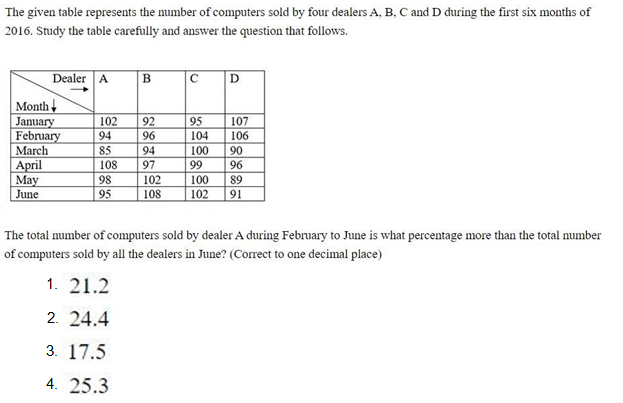Question
Labor efficiency variance is a key performance metric in
cost accounting that measures the difference between the actual labor hours worked and the standard labor hours allowed for the actual production. This variance helps businesses assess how efficiently labor resources are being utilized. During a period 17,500 labour hours were worked at a standard cost of Rs 6.50 per hour. The labour efficiency variance was Rs 7,800 favourable. How many standard hours were produced?Solution
Labor Efficiency Variance=(Standard Hours−Actual Hours)×Standard Cost per Hour 7,800 = (Standard Hours−17,500) × 6.50 Standard hours produced is 18,700.
The number of students passed in college A is what percent (approximately) the number of student passed in college C? (During all the given year)
Find the ratio between the number of children visiting Buxa Tiger Reserve and Betla National Park together.
What is the average number of women visiting all the Parks together?
The total number of children visiting Kanha National Park is approximately what percent of number of children visiting Indravati National Park?
What was the ratio of the total number of students passed and failed in college C (during all the given years?

If the number of cars produced by Company P increased by 20% in 2023 compared to 2022, how many cars would be produced by Company P in 2023?
In 2021, what is the difference between the number of cars exported by Company P and Company R ?
What is the difference between the total number of orders who were not delivered by Jabong and Myntra together and that of who were not delivered by Fl...
What is the approximate average number of students failed in college C in during all the given year?


